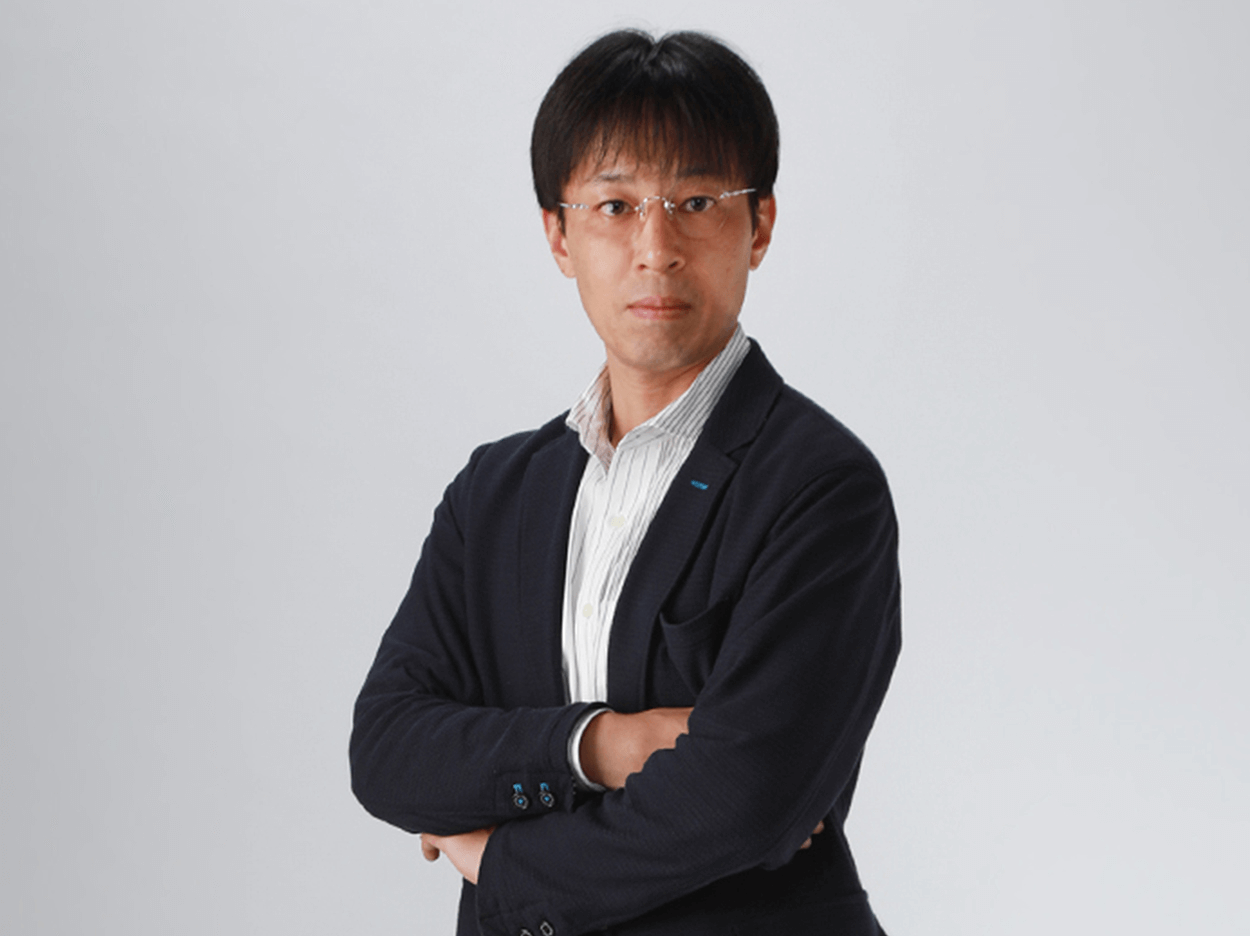The Future Outlook of Optical Stores (1)
Keita Takemoto ,
Representative Director and Business Producer of
Fresnel Line Co., Ltd

profile
Provides wide-ranging consultancy activities for major chain stores in Japan as well as regional specialty stores, voluntary chain stores and even manufacturer product development. Serves as a seminar instructor at the International Optical Fair Tokyo (IOFT). His close-to-site immediate practical stimulation technique has won a strong reputation from industry stakeholders across Japan.
What are the differences between optical stores and other goods merchandise stores?
Optical stores do not operate by lining up products and allowing customers to purchase the ones they want. There are always people involved in this process. In other words, the essence of optical stores is that retail* - referring to the original meaning of retail stores – occurs. There are not many merchandise sales involve people between the products and customers. That is because it is very important to make eyeglasses tailored to the customer.
The value sought by customers in eyeglass is to be able to see properly and to be able to obtain a comfortable view. The design of the frames being cool or liking the brand are another added value. Nevertheless, eyeglass that does not enable “to see properly” are basically not useful. Without thoroughly examining the vision of each individual customer and proposing eyeglass that will not satisfy them, the value of optical stores would be the same as a general merchandise store.
Recently, extreme sales methods have been advancing. These include selling eyeglass in a drive-through or making it possible to order eyeglasses on the Internet by entering own prescription power. Certainly, these have the advantages of being highly convenient for customers and keeping down the purchase price. However, I think that those methods are a little different in term of value provided as a specialty store aiming to offer eyeglasses that suit customers and enable them to see properly.
How will sales method in optical stores change in the future?
Any products in the world will become common. Things that were novel at first become commoditized as they permeate. In other words, they become daily necessities and not much expectation demanded. If the function does not change so much in the refrigerator or the washing machine, it will become a consumer consciousness that it is better to be cheap. Commoditization causes price competition. Retail stores that sell cheaply and in large quantities see an increase in sales. If we look at the world of fashion, examples include UNIQLO and H&M. In addition to providing inexpensive products, their quality is fine and their designs are also OK, so they have been successful.
On the other end of the spectrum are specialty concept shops and high end brand stores. For example, the ladies’ brand SNIDEL achieved sales of 18.75 million yen in a day at its Shinjuku LUMINE store. That is because with the mind attached to the products caught the hearts of consumers. Do you sell just with “price” or “the heart”? These two concepts will become the axis of future sales. Which one will you aim for your stores?
Let’s suppose there is a store nearby where it is possible to make a set of glasses for 5,000 yen. If you try to compete against it, you will not be able to secure profit if you do not sell even more pairs of glasses in more locations. There is no way to compete against large retail chains with capital strength. In that case, it is better to think about determining the price of each product individually and providing even greater value to customers instead of selling things cheaply in large quantities.
What is value of an optical store? How do you propose that value? If you do not go back to that origin point, it is not possible to manage an optical store. How do you stir the hearts of customers? Pursuing that leads to differentiation of your stores.

Are there optical stores that successfully stir the hearts of their customers?
A major chain store successfully raised their level from the basic idea as an optical store to properly measure eyesight and propose suitable lenses to fit customers’ needs. They did this by proactively appealing to that point. They introduced the latest examination equipment and performed numerous types of examination according to the needs of each individual customer. Then they would propose eyeglasses based on that. To that end, it is necessary to train the sales personnel. The reason for that is because the sales personnel who interpret the examination results and eventually make a proposal to the customer. At that time, many of the sales personnel were elderly. It was not easy for them to re-learn eye examination methods. Nevertheless, I think it is amazing that everyone tackled this with all their might and even improved the constitution of the company. As a result, that store has acquired a reputation for performing examinations with tender care. It has even been showcased on television. It might be common practice, but this led to differentiation. The store conveys the idea of performing examinations to create a comfortable vision so customer can feel at ease to buy the eyeglass. That is stirring the heart of customers with a different element to price.
Accordingly, it was visited by many customers who had previously bought lots of eyeglasses at mass marketers or retail chains (e.g., three price shops). The unit price of that chain store’s eyeglasses is not cheap. I did not expect to find customers who had purchased eyeglasses at three price shops. However, it was the case; they were buying more expensive eyeglasses than customers who had experience of buying eyeglasses in specialty stores. What does this mean? It means that those who have purchased eyeglasses at mass marketers did not do so because they don’t have any money but because they have not realized the true value of eyeglasses. The unit price at mass retailers is low. Therefore, they have to deal with 70 or 80 customers a day on Saturdays and Sundays. This means they cannot spend time on each individual customer. Even if the sales personnel are competent, they have limited time to deal with their customers from the visual function test to fitting. If they are visited by a customer with presbyopia, a customer who feels tired when driving a car at night, a customer who is anxious about something due to their age or a customer who feels that they were let down by another store in the past, the sales personnel cannot fully extract their needs or true opinions. The focus is just quickly provide eyeglasses to correct vision. Customers’ feelings were overlooked. To me, eyeglasses stores with true value are those that propose vision correction with extra tender care.
This store, which focuses effort on examinations to make optimal eyeglasses for customers, actively conducts promotions with flyers and a website. There are no glasses stores that do not perform examinations, so it should be possible to start doing this anywhere. However, it thoroughly raises the level of what is commonplace. The fact the level has been raised and it is communicated to the customers. In that way, needs are unearthed and manifested. I think this is why many customers visit this store. It also returned to the origin of what customers want by visiting eyeglass stores. This is successful example of reviewing customers’ needs by thorough examinations.

